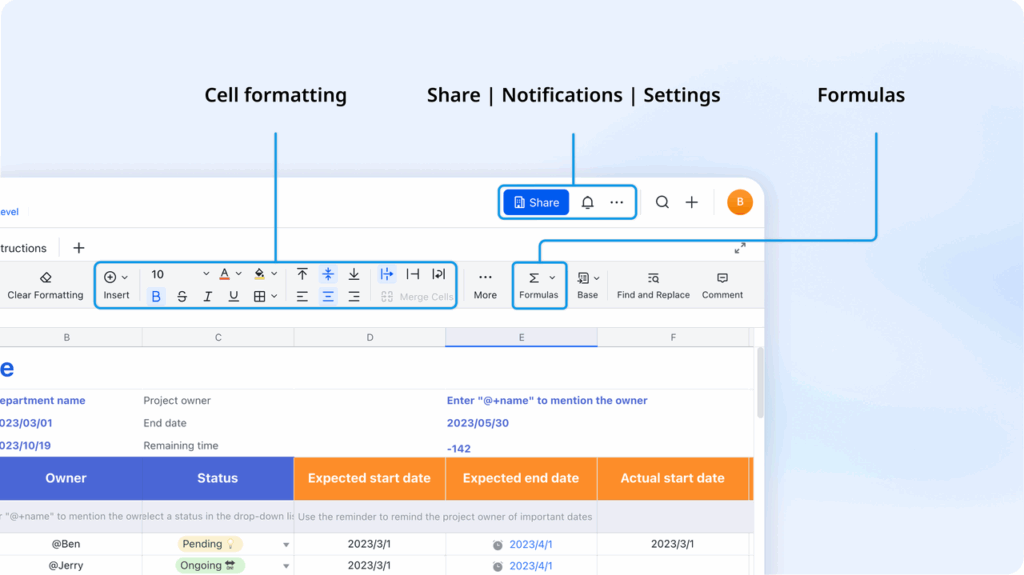People don’t think about rework enough when they think about corporate costs. It’s the time lost going over steps again, fixing misconceptions, and doing things that have already been done. Most businesses don’t keep track of it directly, yet it slowly hurts both their production and their profitability. Research suggests that rework may account for up to one-third of wasted project time; nevertheless, the primary cause is often not incompetence, but rather disconnection. The coolest project management tools not only keep things organized, but they also link them together. They make sure that communication, data, and execution all function together so that teams can accomplish their jobs well the first time.
Lark is an excellent example of how connected productivity may work. It reduces down on having to do things over again by keeping all changes, choices, and conversations in sync. This is how its great features cut down on duplication and make daily tasks more profitable.
Lark Sheets: Replacing data chaos with live accuracy
When the data isn’t consistent, most firms start to do rework. There are different versions of the same spreadsheet going around in different departments. By the time reports are made, no one knows which one to trust. Lark Sheets clears up the confusion by making data live and linked. All the numbers are connected to the source, which could be Base, Tasks, or another workspace. This means that all of the sheets that are linked to each other get updates automatically. The finance team doesn’t have to rebuild models when marketing alters campaign spending. Operations can also see how performance metrics change in real time. This kind of real-time synchronisation means you don’t have to clean up after reporting cycles by hand. Teams can rely on one version of the truth, one set of genuine data, and one shared understanding. Redundancy is replaced by accuracy, which speeds up and makes decisions more certain.
Lark Calendar: Creating structure that prevents repetition
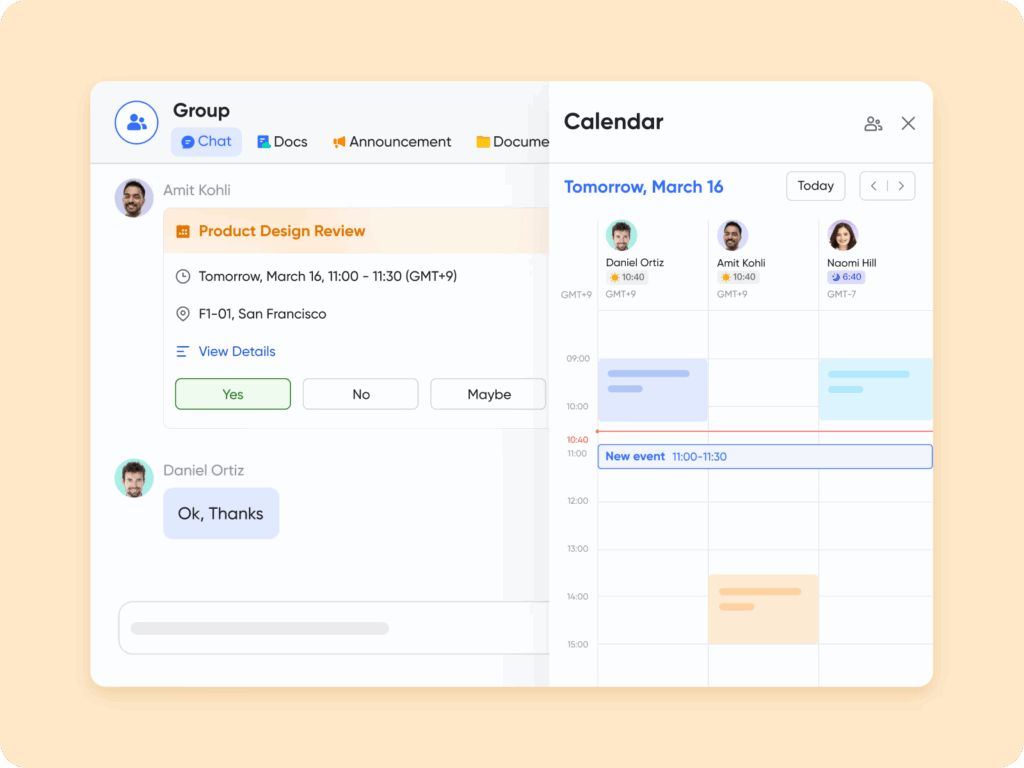
When timetables don’t function, it’s one of the least evident sorts of rework. Unclear agendas, missed meetings, and duplicate invites all lead to pointless conversations and wasted time trying to get everyone on the same page. Lark Calendar stops that by making it smart and easy to manage time. You can attach essential Docs, Sheets, and project URLs immediately to a meeting when it is set up. Changes automatically appear on everyone’s calendars, even if they are in separate time zones. If priorities change, the system syncs right away, so no one has to waste time getting ready for an outdated agenda. Calendar puts all the information about a meeting in one place so that it advances things ahead instead of repeating them. Over time, this consistency adds up, which makes things operate more smoothly and gives workers more time to do their duties instead of having to reschedule.
Lark Mail: Turning communication into automated workflow

Email can cause a lot of organizational rework because of lost threads, repeated clarifications, and missing follow-ups. Lark Mail turns the inbox into an active aspect of cooperation instead of a separate archive. You may turn any message into an action, such as making an update into a task, linking it to a project, or starting a discussion thread. It fits perfectly with the rest of the system to create an automated workflow that runs on its own all the time. For example, if a customer sends an email saying they approve something, the system can automatically alter the project’s status, let the proper team know, and record the decision, all without anyone having to do anything. This automation cuts away redundant confirmation loops and makes it easier for people to complete their jobs without having to do them again. Mail is not only a method to talk to people; it’s also a good way to get things done.
Lark Approval: Making governance effortless and error-free
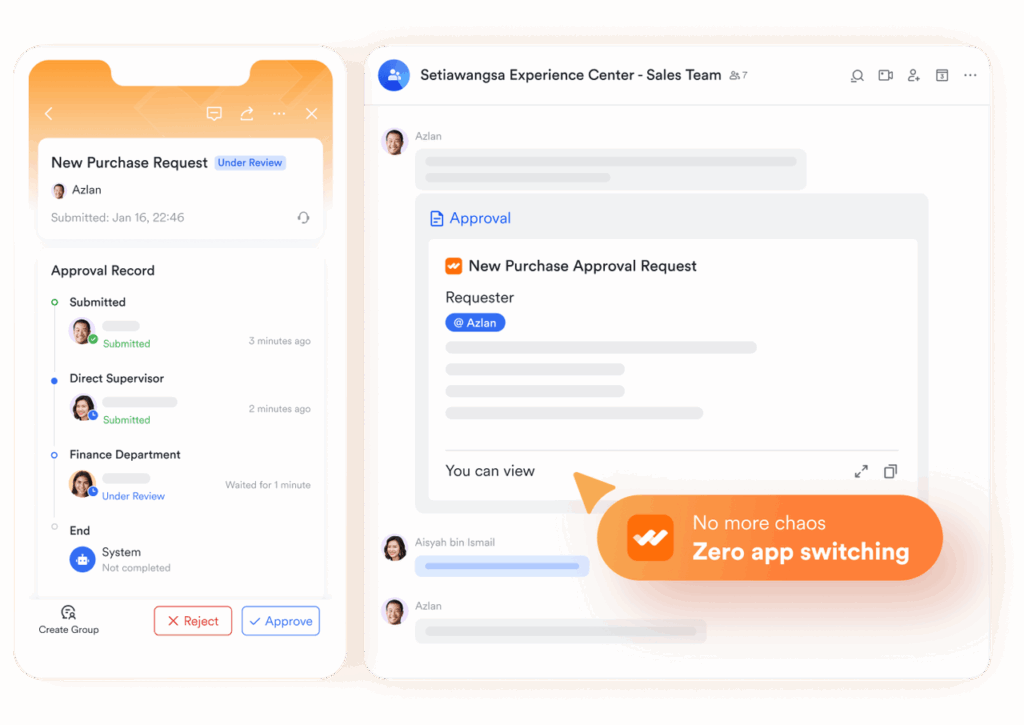
One of the biggest reasons for revision is that the steps to get things approved are often slow or unclear. Teams begin their work based on assumptions, only to revise it later when leadership provides new direction. Lark Approval removes this obstacle by turning governance into an open, real-time mechanism. Requests automatically move through the proper channels—finance, compliance, or procurement—via an automated workflow that ensures the right people see them at the right time.
Approvers are notified instantly, and each request contains all necessary details—documentation, budgets, and project references—within a single view. This eliminates the endless back-and-forth that plagues manual evaluations. Approvals that once took days now happen in minutes, with every decision logged for transparency and accountability. Lark Approval brings clarity and consistency to governance so that work starts on solid ground—saving time, reducing rework, and building lasting trust across teams.
Lark Meetings: Turning collaboration into completion
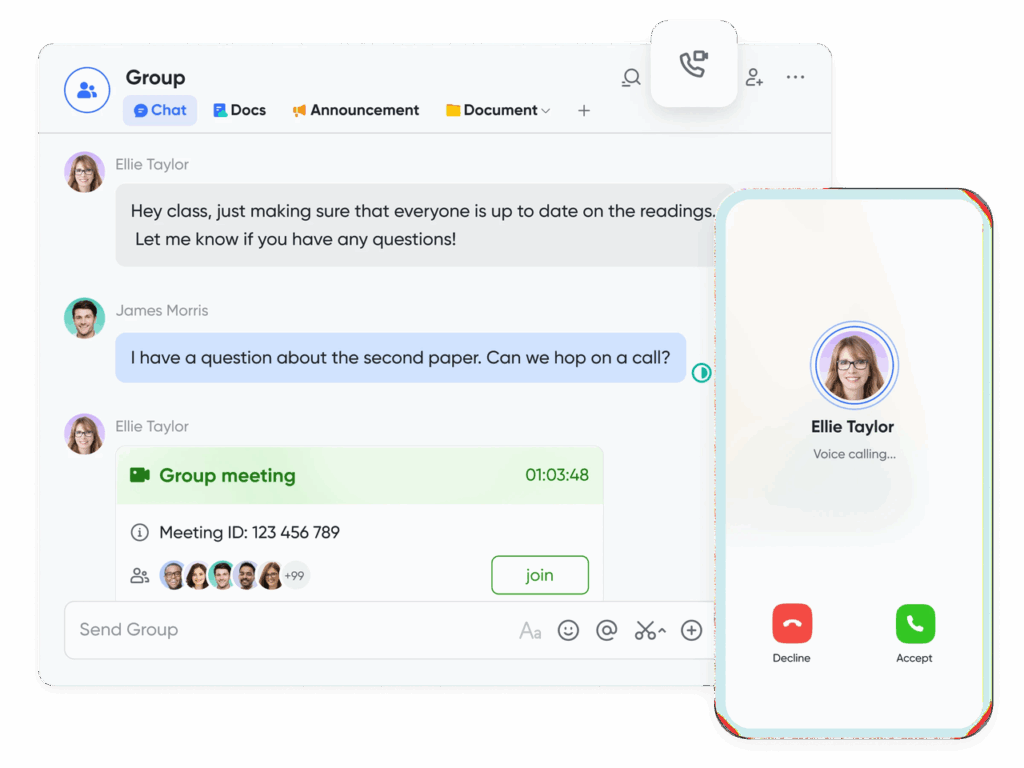
Lark Meetings
When decisions aren’t written down or actions aren’t taken, meetings might cause people to have to do things again. Lark Meetings closes that loop by bringing together planning, discussing, and doing in one spot. Before the meeting, teams can add background information and goals to the invite to make sure everyone is ready. During the session, everyone works on the notes together in real time and assigns tasks that are directly related to the project boards. The notes, recordings, and tasks are saved automatically after that, so they can be utilized again later. This consistency makes sure that you don’t have to constantly go over the same things because you don’t lose any thoughts or decisions. Every meeting moves things forward instead of resetting them.
Lark OKR: Aligning goals to eliminate redundant effort
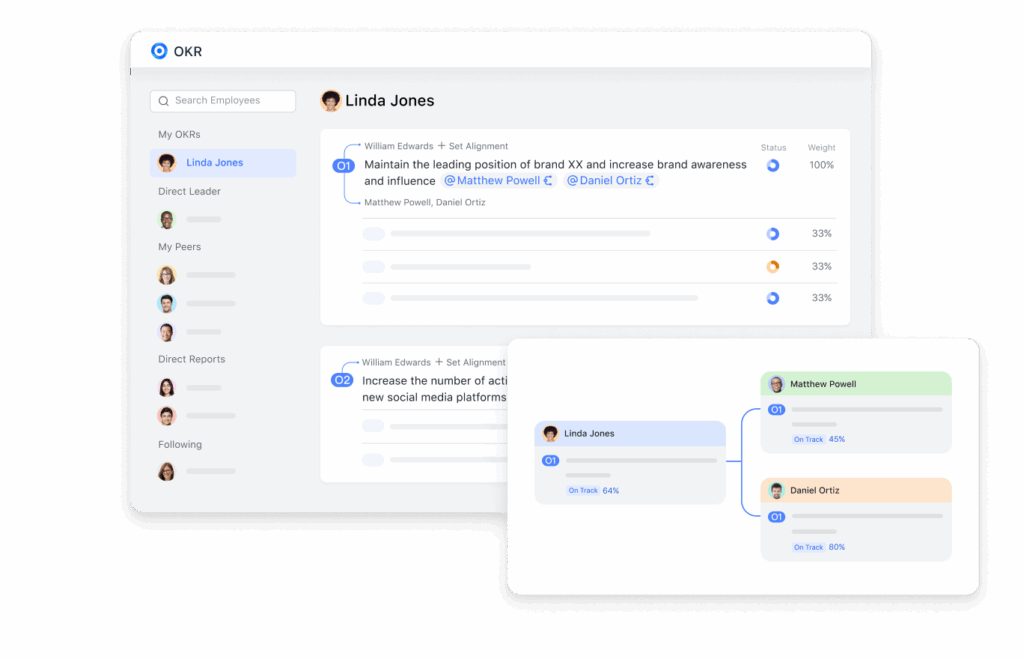
Teams have to execute the same job over and over again to accomplish the same goals. If two departments don’t have the same goals, they could end up working on the same projects without even knowing it. This wastes time and makes the project less effective. Lark OKR gets around this by making it clear and easy to measure how well the company is working together. It connects the goals of each team to the goals of the whole organization and automatically updates progress from linked data sources like Tasks or Sheets. Leaders can easily see where there is duplication and transfer resources around as needed. This openness ensures sure that every action ladder works toward the same goal, which cuts down on unnecessary overlaps. OKR turns alignment from a quarterly ritual into a daily habit by making establishing goals a living, connected activity.
Conclusion
Rework works best when there are gaps between tools and teams. It’s impossible to prevent repeating things when communication, data, and execution are kept distinct. Lark fills in these gaps with a connected platform that makes sure that every step—planning, communicating, authorizing, and doing—happens at the same time. It doesn’t just speed up delivery; it also makes work smarter, which means it gets done faster over time.
The return on investment (ROI) for linked systems like Lark isn’t in the features; it’s in the results: fewer mistakes, faster turnaround, and better teamwork. By reducing rework, Lark gives teams more time and leaders more information. It’s not simply software for getting things done; it’s the new standard for connected performance. That’s what makes the next generation of project management software stand out in today’s fast-paced business world: not only keeping track of what needs to be done, but making sure that every effort counts the first time.
No matter how much you do, the best method is to never have to do it again.
